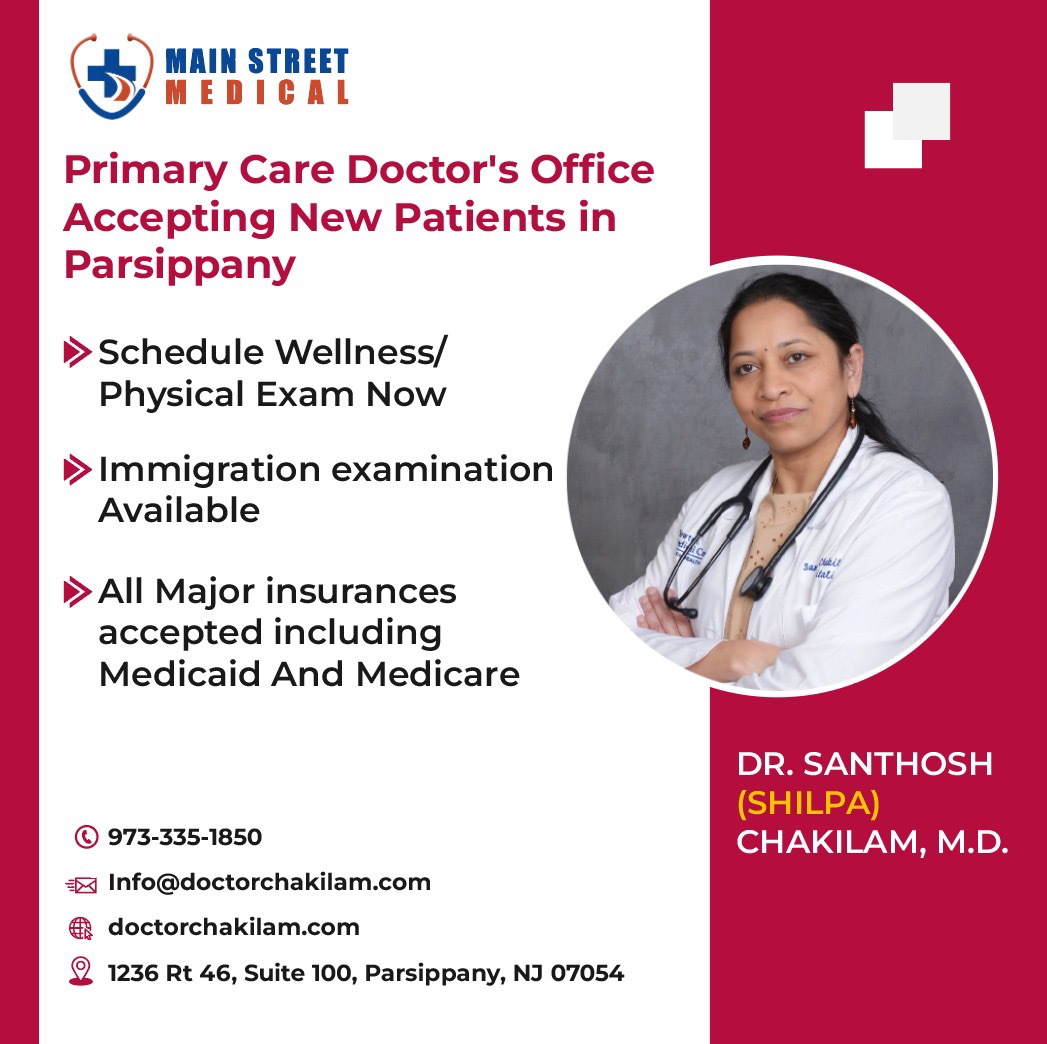MORRIS COUNTY — Governor Phil Murphy and Department of Education Commissioner Lamont O. Repollet today announced the release of “The Road Back: Restart and Recovery Plan for Education” to assist schools with reopening in the fall. The guidance announces that, absent a change in public health data, public schools will open for in-person instruction and operations in some capacity at the beginning of the 2020-2021 school year.
The guidance envisions schools operating within necessary standards to protect the health and safety of students and staff. The guidance includes minimum standards such as following certain social distancing practices in classrooms and face-covering measures for students and staff. The guidance also provides recommendations to assist districts in achieving these standards, such as implementing hybrid learning environments in which students receive both in-person and remote instruction.
Each district will be expected to develop, in collaboration with community stakeholders, a plan to reopen schools in the fall that best fits the district’s local needs. The guidance provides anticipated minimum standards regarding health and safety that districts should use as they plan for reopening. The guidance also provides additional considerations that may help districts as they develop their plans.
“This has been an unprecedented time for our students and educators, but we are pleased to announce that we anticipate the return to our classrooms in some capacity this fall,” said Governor Murphy. “The return to school will pose challenges, but we are confident that New Jersey’s school districts can move forward in a way that best serves the needs of their district while also achieving a safe environment for students and staff.”
“I understand this will be no easy feat,” Education Commissioner Lamont O. Repollet said of the return to school. “Knowing that the health of students and staff is our number one concern, our guide will begin to fill in the picture of what a safe education system will look like in the fall.”
Governor Murphy’s Executive Order 104 ordered all New Jersey schools to close starting March 18, 2020, due to the COVID-19 global pandemic. After the Department worked with school districts to ensure stability through remote instruction, food security for children where needed, and equity in education for students, the focus immediately turned toward planning for reopening.
The guidance relies upon the most up-to-date data and recommendations from the New Jersey Department of Health and was informed by input from school communities. The Department has been engaged in regular contact with educators and stakeholders and has conducted daily site visits, weekly stakeholder meetings, and discussions with a standing committee of nearly two dozen superintendents. Beyond this ongoing engagement, the NJDOE convened approximately 50 education and community organizations, met with over 300 superintendents, and surveyed nearly 300,000 parents/guardians to inform the development of the reopening plan.
“New Jersey educators and families did an amazing job over the past three months implementing remote learning, even with relatively little time for planning. That effort was nothing short of heroic,” said Commissioner Repollet. “However, too many parents feel that remote-only instruction isn’t working for their child, and too many children are falling behind. It is becoming abundantly clear that children need to return to a school environment in some capacity, and we need to do so safely. This is a matter of educational growth, and it’s a matter of equity.”
The guidance focuses on four key functional areas: conditions for learning, leadership and planning, policy and funding, and continuity of learning.
The guidance sets the minimum standards for returning to school and serves as a toolkit for schools to use as they develop their recovery plans – recognizing that flexibility is needed as each school will have unique needs and circumstances, and some efforts will need to be guided by local health officials. The guidance describes several health and safety standards to be prioritized in school reopening:
- Social distancing: Schools and districts must allow for social distancing within the classroom. This can be achieved by ensuring students are seated at least six feet apart. If schools are not able to maintain this physical distance, additional modifications should be considered. These include physical barriers between desks and turning desks to face the same direction (rather than facing each other)or having students sit on only one side of a table and spaced apart.
- Face coverings: School staff and visitors are required to wear face coverings unless doing so would inhibit the individual’s health or the individual is under two years of age. Students are strongly encouraged to wear face coverings and are required to do so when social distancing cannot be maintained unless doing so would inhibit the student’s health. It is necessary to acknowledge that enforcing the use of face coverings may be impractical for young children or certain individuals with disabilities.
- Limited capacity: It is recommended that students and staff be seated at least six feet apart in class when practicable. When the weather allows, windows should be opened to allow for greater air circulation.
- Cleaning/disinfecting: Procedures must be implemented by each school district for the sanitization of school buildings and school buses. Increased handwashing measures are also important for students and staff.
These provisions are informed by Centers for Disease Control (CDC) guidelines, which call for protecting staff and students who are at higher risk for severe illness, such as providing options for telework and virtual learning; providing reasonable accommodations for older adults (65 years and older) and individuals with serious underlying medical conditions; and, when possible, keeping early childhood students apart during naptime and avoiding close-group activities like reading circles.
Other provisions in the guidance include:
- Cafeteria directors should consider staggering meal times to allow for social distancing; discontinuing self-serve or buffet lines; having students eat meals outside or in their classrooms, and requiring staff to disinfect eating areas between groups.
- Recess should also be held in staggered shifts, with efforts to promote social distancing and hygiene protocols.
- Cohorting: Schools may wish to identify small groups of students and keep them together (cohorting) to ensure that student and staff groupings are as static as possible, thereby limiting exposure to large groups of students.
- School bus operators should encourage social distancing. CDC guidelines recommend seating on a school bus such that there is one student seated per row, skipping a row between each child, if possible. Barriers separating rows of bus seats may also be considered. If social distancing is not feasible, face coverings must be worn by students who are able to do so. Increased ventilation (i.e. opening windows) is also recommended in the guidelines.
Because reopening is dependent upon health data and informed by experts in the health field, districts will need to be prepared to pivot to remote instruction at any time during the 2020-2021 school year. The guidance stresses that each school district should be working to ensure every student has a device and internet connectivity available, and it identifies funding streams available to school districts to ensure students have access to technology.
Districts should strive to share preliminary scheduling plans with staff, families, and students at least four weeks before the start of the school year in order to allow families to plan child care and work arrangements.
Click here for a summary of the guidance.
Click here for the full guidance.
















